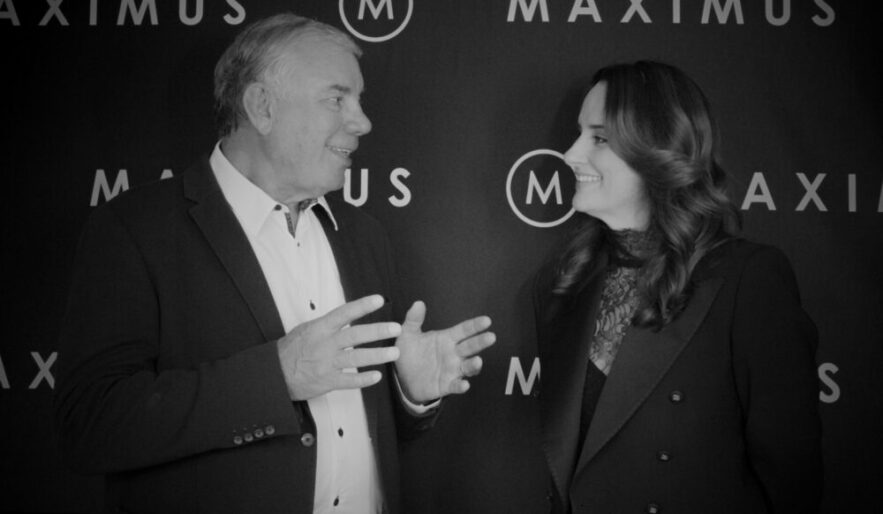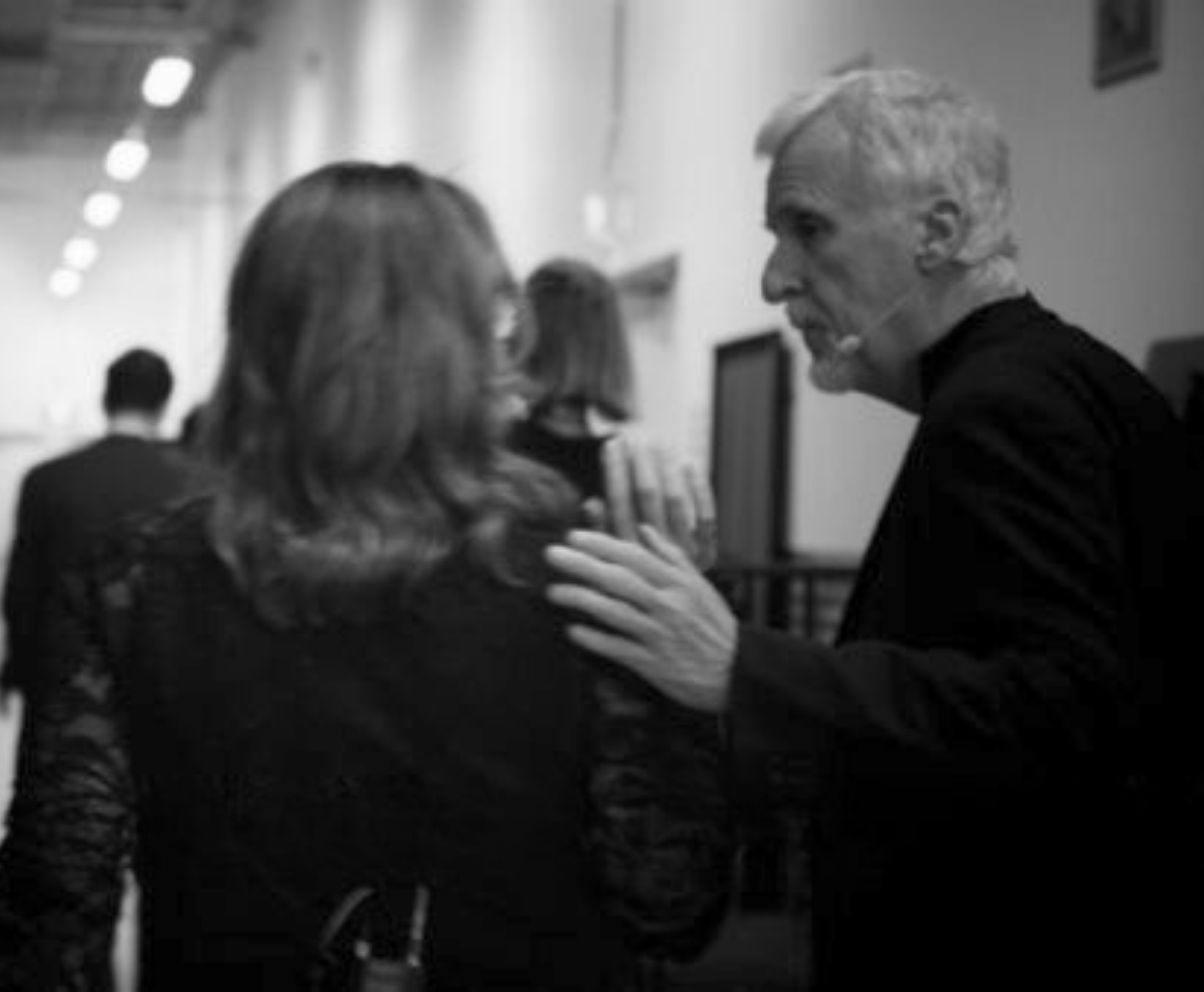Traditional corporate learning doesn’t leave much to the imagination. The usual classroom-led courses and 70-20-10 mindset are familiar reminders of what corporate learning means to most employees. During these learning experiences, we hope that employees take away as much knowledge as possible and utilize it to not only make them better performers, but also better human beings.
All good intentions aside, this learning strategy often fails to truly shift an employee’s way of thinking. Companies have to get creative, embrace collaboration, and turn learning on its head. Here are some ideas on how to do that:
MAKE STRUCTURED LEARNING IMMERSIVE
At Maximus, we recently took on the challenge of developing Telstra’s top talent. After a year-long accelerated talent program, we held an immersion learning experience in Manila, mainly around the topic of connecting with others and character authenticity.
Instead of teaching the managers how to be authentic, we made them experience authentic interactions reactions first hand. By giving the leaders the opportunity to interact with disadvantaged school children, we got them to let down their guard and experience authentic, meaningful interactions. This type of learning experience leaves an impression that employees cannot forget.
TEACH BY ENQUIRY
Instilling a curious nature in your employees is vital for their continued growth and development. An organization needs to foster an environment that helps employees understand the value of active enquiry. Take Uber for example. What makes them so successful? Instead of asking employees this question, have them order an Uber, jump in the car and physically experience how Uber is different from other cab companies. This type of immersion encourages active enquiry outside of organisational resources.
OPENNESS VERSUS CONTROL
Learning is traditionally quite rigid and controlled, which can result in stagnant and less creative ideas. Two concepts can help foster a more open learning environment: design thinking and an open IT environment:
- Design thinking helps with conceptualizing ideas. A lot of problem analysis is based solely on thought rather than taking a synthesized, conceptual approach. Encouraging a more integrated, big picture, approach to learning can be achieved through design thinking.
- IT environments should be conceptualized as open source entities. People want to collaborate. By collaborating with others, we can leverage information and relationships, allowing employees to build on ideas. This creates an incredibly diverse and open learning environment.
The future learning environment will be embedded in organizational culture. Every day, every interaction and every experience should be approached as a learning opportunity. Reengineering corporate learning environments won’t be a quick fix, but rather require a cultural shift in how employers view the value of employee learning.








